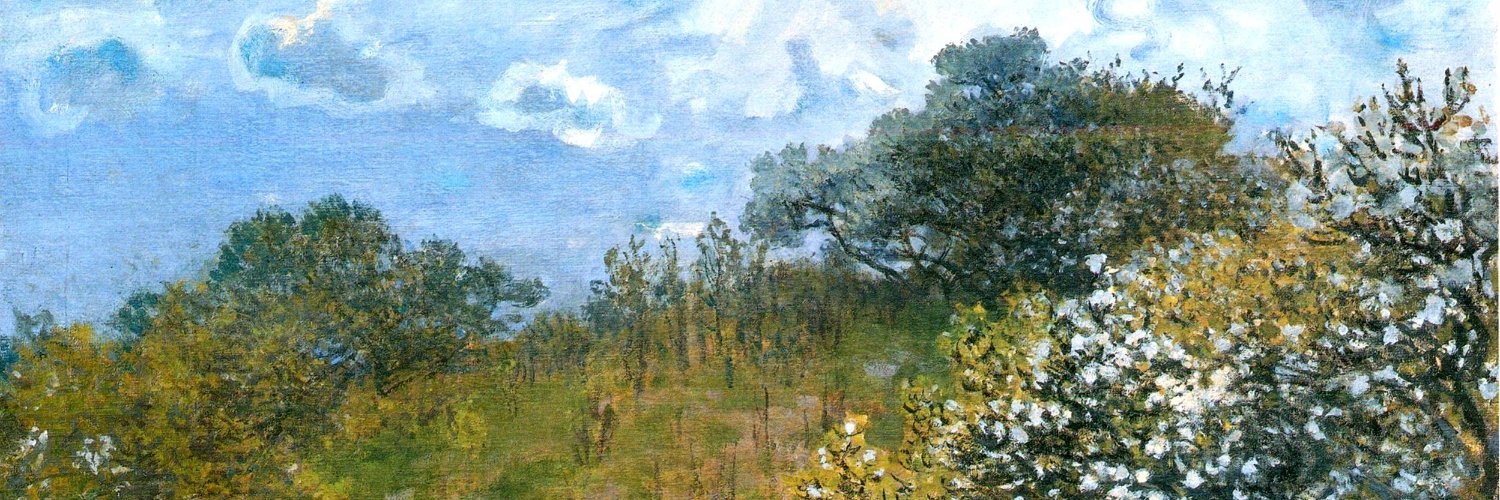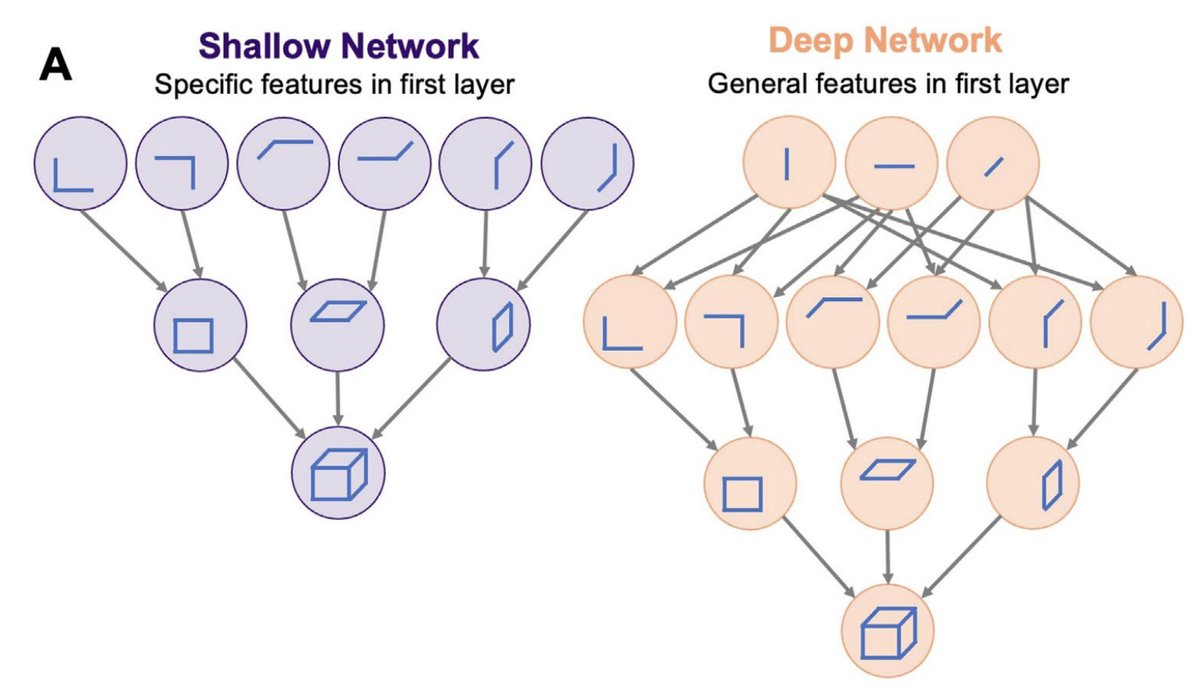
Mitchell B. Slapik
@mslapik
MD/PhD Candidate 🥼 @McGovernMed | F30/TL1 Fellow 🏥 @NIH | Computational Neuroscience 🧠 @DragoiLab | Jazz Sax 🎷 @TheChirpChirps
According to dynamical systems, psychiatric disorders can be seen as energy landscapes with peaks and valleys. OCD has deep valleys where neural activity gets stuck, while schizophrenia has shallow valleys that let neural activity roam too freely, connecting unrelated ideas.
Better artificial intelligence does not mean better models of biology Drew Linsley, Pinyuan Feng, Thomas Serre arxiv.org/abs/2504.16940…
Top-down and bottom-up neuroscience: overcoming the clash of research cultures — a Comment article by Fernando E. Rosas, Andrea I. Luppi, Pedro A. M. Mediano, Morten L. Kringelbach, Luiz Pessoa & Federico Turkheimer nature.com/articles/s4158…
It is hard to see why we should not turn round and mistrust this very mistrust. Should we not be concerned as to whether this fear of error is not just the error itself?
I've been experimenting with attention mechanisms to design locomotion controllers that adapt to different shapes, this is the same controller running on two different bodies github.com/juniorrojas/mo… paper coming soon 👀
Can an AI model predict perfectly and still have a terrible world model? What would that even mean? Our new ICML paper formalizes these questions One result tells the story: A transformer trained on 10M solar systems nails planetary orbits. But it botches gravitational laws 🧵
Excited to announce the first paper of my PhD, which explores an inverse relationship between brain and retina complexity. We think this may reflect a more general trade-off between central and peripheral processing of sensory information. Read more here: jov.arvojournals.org/article.aspx?a…

Mitchell B. Slapik @mslapik from McGovern Medical School provides computational evidence for an inverse relationship between retinal and brain complexity. doi.org/10.1167/jov.25…
🧵 What if two images have the same local parts but represent different global shapes purely through part arrangement? Humans can spot the difference instantly! The question is can vision models do the same? 1/15
The interoceptive origin of reinforcement learning Review by Lilian Weber (@lilwebian), Debbie Yee (@debyeeneuro), Dana Small (@danamsmall), & Frederike Petzschner(@rikepetzschner) tinyurl.com/mj8c5v8p
Using brain imaging, six psychopathology scores were identified to correlate psychiatric symptoms with biological processes, aiding precision psychiatry. ja.ma/44mONRt
Interesting paper: 161 researchers in 73 research teams used the same data and hypothesis (immigration reduces support for social policies among the public), but arrived at different results and conclusions. Paper in PNAS
*Language Models Use Trigonometry to Do Addition* by @thesubhashk @tegmark Really interesting paper that retro-engineers several LLMs to understand how single-token addition is performed in the internal embeddings. arxiv.org/abs/2502.00873
I’m stoked to share our new paper: “Harnessing the Universal Geometry of Embeddings” with @jxmnop, Collin Zhang, and @shmatikov. We present the first method to translate text embeddings across different spaces without any paired data or encoders. Here's why we're excited: 🧵👇🏾
Mimosa pudica folds its leaves in response to touch, this may avoid predation by herbivorous insects Watch all the connected leaves close
One line, one word. ✏️🔤 A simple #p5js sketch where you draw a line and Gemini tries to describe it in a single word. I find it really fun to have the model write on the canvas with me (wherever drawing finishes). Uses Gemini 1.5 Flash API. Try it + fork/remix my sketch here:…
Please check out our thorough study on the advantages of Muon. Second-order optimization is a promising path to more efficient LLM pretraining.
[1/5] Muon has recently emerged as a promising second-order optimizer for LLMs. Prior work (e.g. Moonshot) showed that Muon scales. Our in-depth study addresses the practicality of Muon vs AdamW and demonstrates that Muon expands the Pareto frontier over AdamW on the…
1/2 And its out! The @ArcCogitate project publishes its pioneering first study today in @Nature. Many congrats to the entire team, & especially to Lucia Melloni, @Liad_Mudrik, & Michael Pitts for shepherding the project so well - & over 7 years! nature.com/articles/s4158…